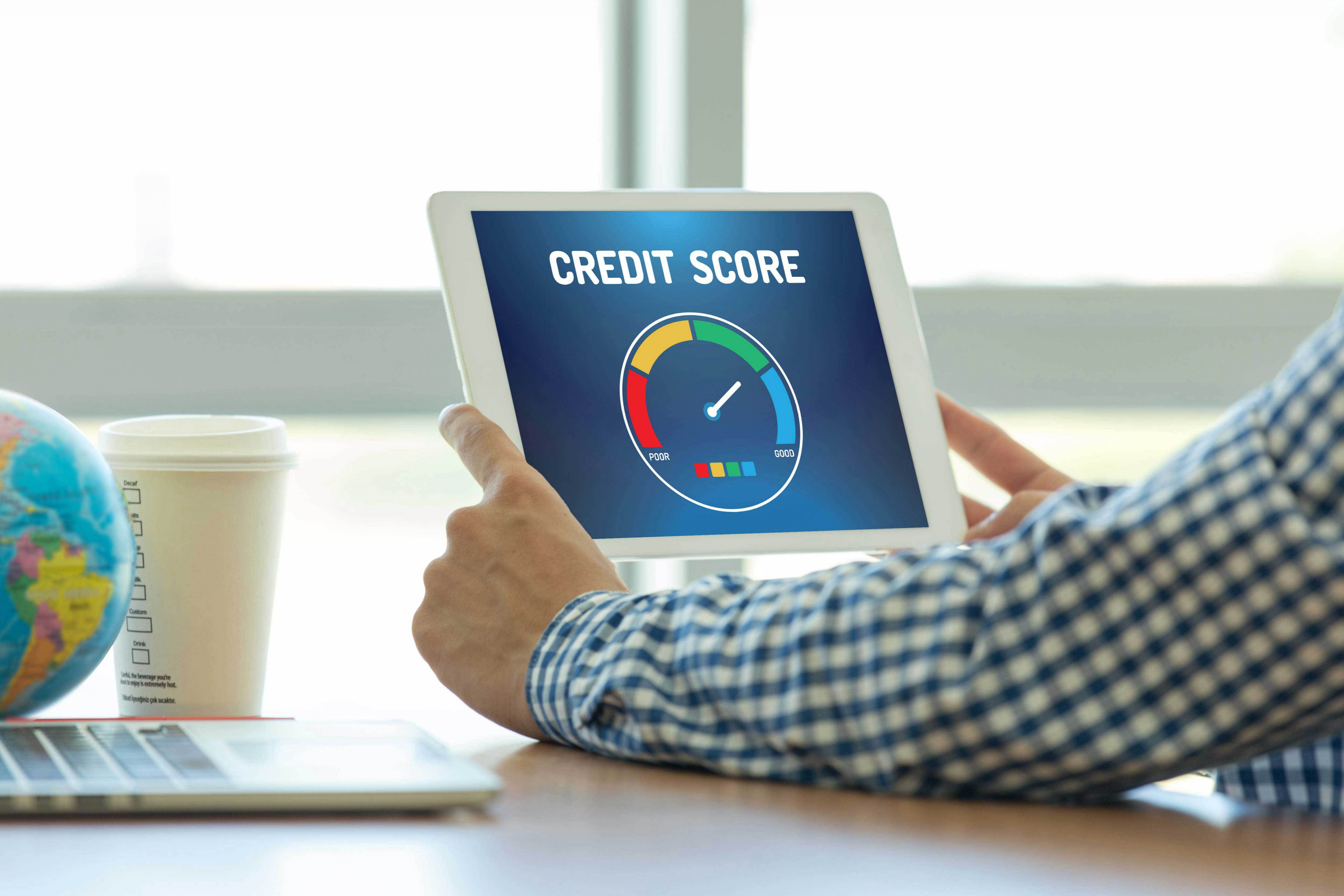
This FICO Revolving Credit Solutions course is ideal for young professionals, entrepreneurs, homeowners, and others who are haunted by a low credit score and want to raise it. What makes this course unique is that we will focus on building your FICO score by taking you through a four-step step algorithm. This algorithm uses revolving credit and credit utilization enhancement techniques for immediate results.
CREDIT REVOLVING SOLUTION
MODULE 01 – ESTABLISHING THE OBJECTIVES FOR ACQUIRING A HIGHER FICO SCORE
Lesson 1: What Is a Credit Score?
Lesson 2: Types of Credit Scores
Lesson 3: How Credit Scores Are Calculated
Lesson 4: FIFO Score – Introduction
Lesson 5: Credit Score Ranges
Lesson 6: How to Acquire a Higher FICO Score
MODULE 02: REGISTERING FOR A 3-IN-1 CREDIT SERVICE
Lesson 1: What is a credit reporting company?
Lesson 2: What data do the credit bureaus include in your credit reports?
Lesson 3: How is your credit reports used?
Lesson 4: How do credit bureaus get your information?
Lesson 5: Why are your credit reports and scores different from bureau to bureau?
Lesson 6: How to dispute inaccurate information on your reports
Lesson 7: Top Credit Reporting Platforms that you can consider
MODULE 03: GETTING STARTED WITH REVOLVING CREDIT
Lesson 1: What is a Credit Utilization Rate?
Lesson 2: What Does Credit Mix Mean?
Lesson 3: What Are the Different Types of Credit?
Lesson 4: How Does Revolving Credit Work?
Lesson 5: How an Installment Credit Works?
Lesson 6: How is Revolving Credit Different from Installment?
Lesson 7: Several Credit Cards For Rebuilding FICO Score
MODULE 04: UTILIZING THE FICO SCORE ALGORITHM
Lesson 1: How Are FICO Scores Calculated?
Lesson 2: Vantage Score Model
Lesson 3: Other Credit Scoring Models
Lesson 4: Industry-Specific Credit Scores
Lesson 5: Scoring Models Keep Secrets
Lesson 6: Credit Scoring Model Practice Changes
Lesson 7: Benefits of Credit Scoring Models
MODULE 05: GAINING YOUR FIRST INCREASE OF POINTS
Lesson 1: What Is Credit Utilization (Revolving Utilization)?
Lesson 2: How Do You Calculate Your Credit Utilization?
Lesson 3: How Does Credit Utilization Affect Credit Scores?
MODULE 06: REVOLVING CREDIT SCORE SHOULD HAVE CHANGED 120-160 POINTS AND UP
Lesson 1: What’s the Best Credit Utilization Percentage?
Lesson 2: Do I Need to Maintain Low Utilization Every Billing Cycle?
Lesson 3: Do Business Cards Count Toward Credit Utilization?
Lesson 4: Is It Better to Split a Balance Among Several Cards?
Lesson 5: How can you lower your credit utilization ratio?
MODULE 07: FILING COLLECTIONS AND OTHER CREDIT DISPUTES
Lesson 1: What Is a Collection Account?
Lesson 2: When Should I Dispute a Collection Account?
Lesson 3: How to Deal with Accounts in Collections
Lesson 4: How Can Collections Affect Your Credit, Your Life and Your Employment Prospects?
Lesson 5: Ways to Remove Collections from Credit Report
CONCLUDING REMARKS
LEARNING OUTCOMES
Upon successful completion of this course, learners will be able to learn about-
- Acquiring a higher fico score
- Credit Score
- Types of Credit Scores
- How Credit Scores Are Calculated
- FIFO Score
- Credit Score Ranges
- How to Acquire a Higher FICO Score
- Registering for a 3-in-1 credit service
- What is a credit reporting company
- What data do the credit bureaus include in your credit reports
- How is your credit reports used
- How do credit bureaus get your information
- How to dispute inaccurate information on your reports
- Top Credit Reporting Platforms that you can consider
- Getting started with revolving credit
- Credit Utilization Rate
- Credit Mix Mean
- Different Types of Credit
- How Does Revolving Credit Work
- How an Installment Credit Works
- How is Revolving Credit Different from Installment
- Several Credit Cards For Rebuilding FICO Score
- FICO score algorithm
- How Are FICO Scores Calculated
- Vantage Score Model
- Other Credit Scoring Models
- Industry-Specific Credit Scores
- Scoring Models Keep Secrets
- Benefits of Credit Scoring Models
- Gaining your first increase of points
- Credit Utilization
- How Do You Calculate Your Credit Utilization
- How Does Credit Utilization Affect Credit Scores
- Revolving credit score
- Best Credit Utilization Percentage
- How to split a Balance Among Several Cards
- How can you lower your credit utilization ratio
- Filing collections and other credit disputes
- Collection Account
- How to Deal with Accounts in Collections
- How Can Collections Affect Your Credit, Your Life and Your Employment Prospects
- Ways to Remove Collections from Credit Report




Excellent course!!!
Awesome course!
Great course. It helped me learn how to get my FICO score up to 140 pts quickly.